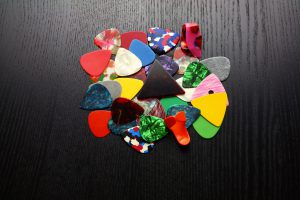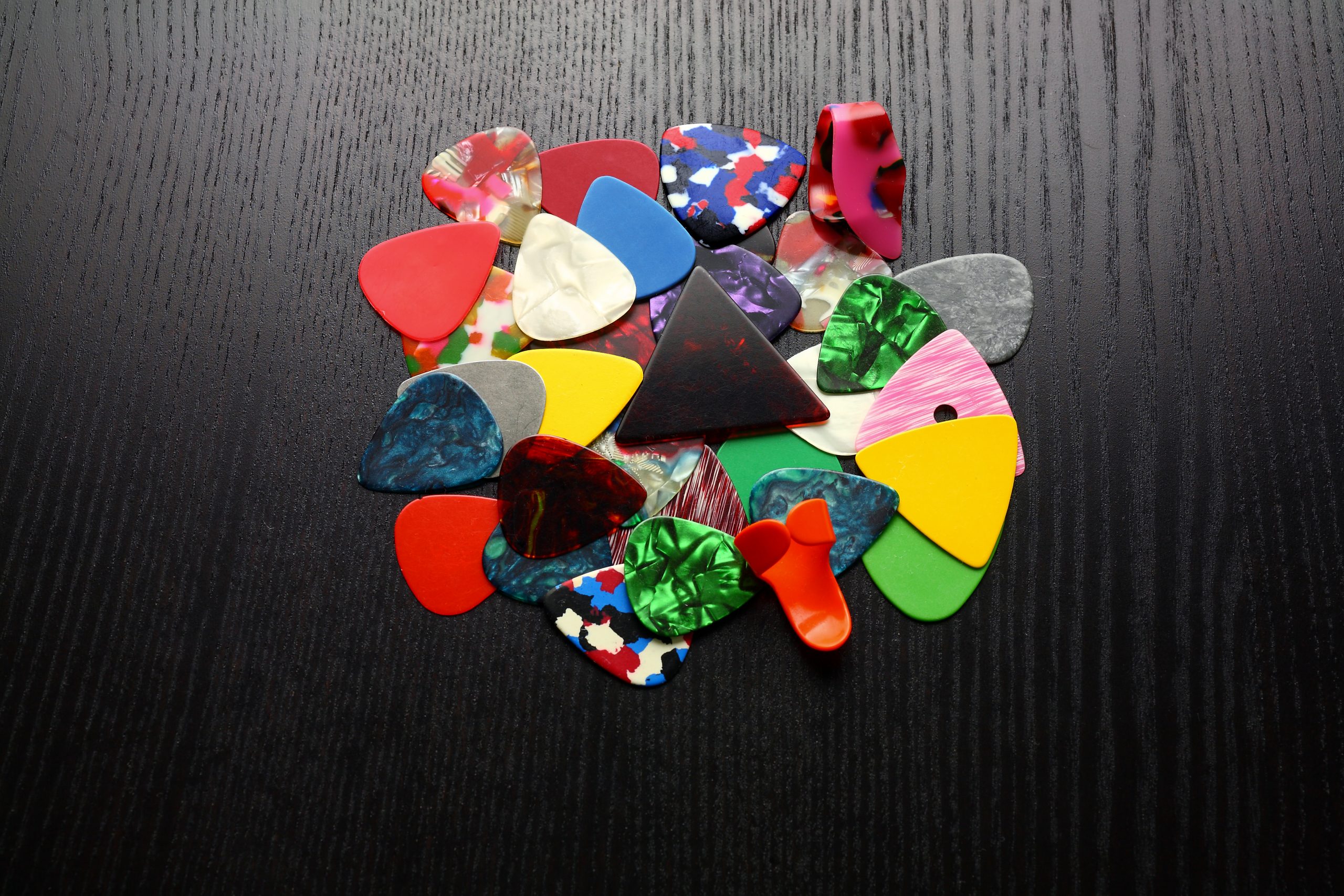In the great compression algorithm of music history, vinyl was supposed to be a dead format—a relic squeezed out by the ruthless efficiency of digital distribution. Yet here we are, watching Taylor Swift—the ultimate streaming-era superstar—claim the UK’s vinyl throne for the past decade, outpacing legends like David Bowie and ABBA while selling records to a generation that grew up never having to worry about tape hiss or needle drops.
The Collector’s Dopamine Economy
The waveform of Swift’s success reveals fascinating harmonics. Her approach to vinyl releases—multiple variants, limited editions, colored discs—creates a behavioral feedback loop straight out of Web 2.0 gamification. Each record spinning at 33⅓ RPM becomes a physical token in an economy of fandom where scarcity (that forgotten pre-digital concept) suddenly matters again.
Swift’s marketing brilliance manifested most clearly in her “Midnights” release strategy. As reported by The New York Times, the four initial “Midnights” variants were designed to form a clock when displayed together, making them virtually impossible for completists to resist. At £30-40 per record (confirmed by Eastern Eye), that’s a £120-160 investment in essentially the same album—a pricing strategy that would make subscription-service executives weep with envy.
According to the Official Charts Company, “Midnights” became the best-selling new vinyl release of the decade in the UK with 129,000 copies sold. This single album contributed significantly to Swift accounting for approximately 7% of global vinyl sales last year, as reported by Forbes.
The Nostalgia Synthesizer
Swift’s vinyl victory operates on a peculiar emotional circuit: she’s selling nostalgia for a format that most of her fans never experienced in its original context. The crackle of a needle hitting vinyl has been recontextualized, transformed from technical limitation into aesthetic choice—much like how Instagram filters recreate film imperfections once considered flaws.
Voice Magazine’s analysis of Gen Z consumption patterns suggests this generation finds unexpected comfort in the deliberate inconvenience of physical media. Flipping a record becomes a ritual, a mindful moment in the endless scroll—not unlike how mechanical keyboards have found renewed popularity among digital natives who crave tactile resistance in an increasingly frictionless world.
The British Phonographic Industry (BPI) confirms this trend isn’t isolated to Swift—vinyl outsold CDs for the second consecutive year in 2023, marking a revival few industry experts predicted. Cultural commentators have noted that physical media’s constraints—playing an album from start to finish in the artist’s intended sequence—offers a counterpoint to the algorithmic shuffling of streaming platforms.
The Silicon-to-Carbon Transfer
What separates Swift from other vinyl bestsellers is her mastery of the digital-to-analog pipeline. Her release strategy begins with mysterious digital breadcrumbs, Easter eggs encoded in social posts and video frames, creating demand that eventually materializes as PVC platters spinning on turntables across British living rooms.
This transformation—from ethereal streaming numbers to physical objects that occupy space on shelves—represents a kind of alchemical process. Swift has reversed the traditional digitization pipeline: instead of physical media being ripped, compressed, and uploaded, her digital presence generates physical artifacts with collector value.
Environmental researchers have raised concerns about vinyl’s resurgence. While exact figures for Swift’s releases aren’t publicly available, industry standards suggest each vinyl record contains approximately 0.5kg of PVC, creating a carbon footprint that sits uncomfortably against the broader sustainability conversation in music production. The multiple-variant strategy multiplies this impact, raising questions about whether physical media’s revival comes with unsustainable consequences.
The Remastered Future
Swift’s vinyl domination during her Eras Tour era feels appropriately symbolic—an artist celebrating her catalog’s history while simultaneously transforming how physical media functions in the streaming age. Her approach turns vinyl from a mere sound delivery system into a multisensory experience: visual art, home decor, collector’s items, and yes, occasionally something you play.
As Swift continues her cultural conquests, her vinyl strategy reveals something profound about modern consumption: in an age where anything can be accessed instantly, we still crave objects that can’t be replicated with a click—physical totems that occupy space in our homes and, by extension, in our identities.
The true innovation isn’t that Swift sells vinyl in 2025—it’s that she’s recorded its cultural significance, transforming a legacy format into something that feels simultaneously vintage and cutting-edge. Like a perfect bridge in one of her songs, Swift has connected two seemingly disparate worlds, proving once again that she understands the emotional circuitry of modern fandom better than almost anyone else.


























